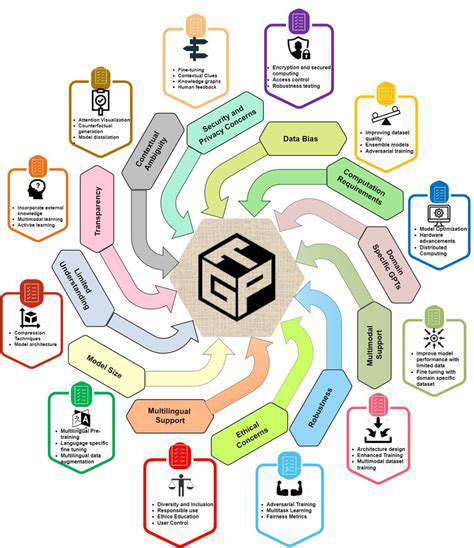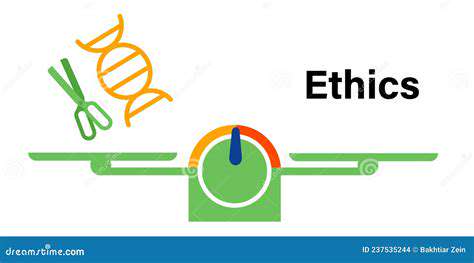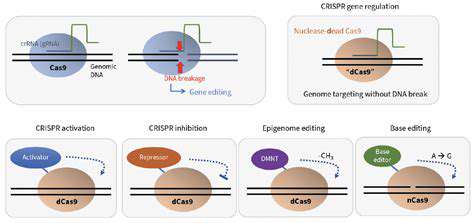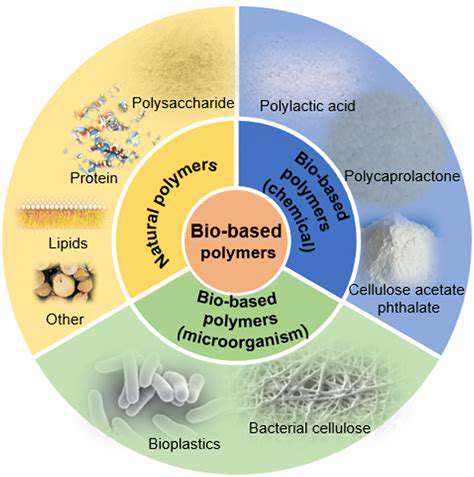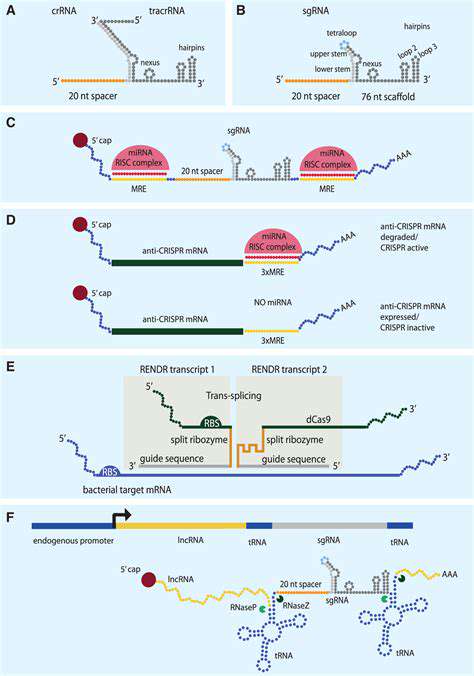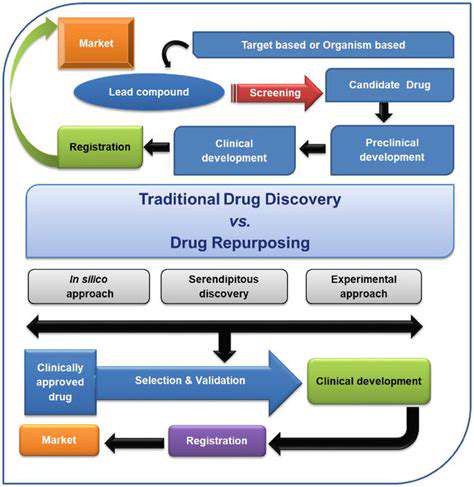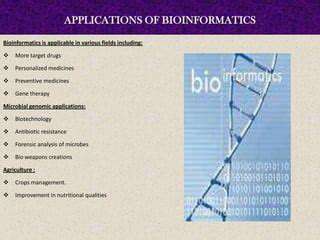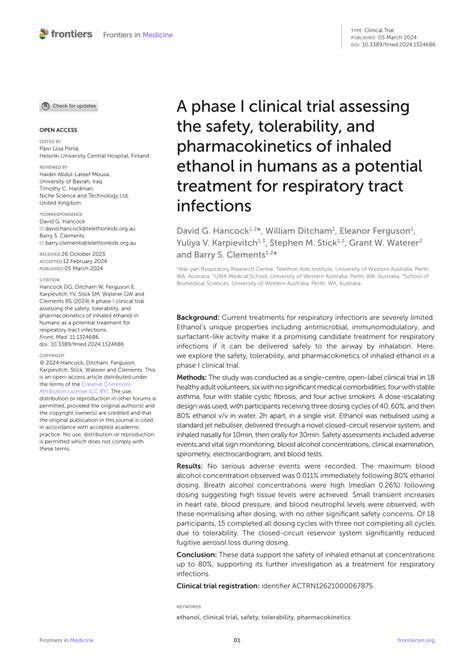
Improving Therapeutic Efficacy
Targeted drug delivery systems aim to improve the therapeutic efficacy of medications by concentrating the drug at the site of action, minimizing side effects on healthy tissues. This precision approach significantly enhances the treatment outcomes for various diseases, particularly those with localized targets like tumors or specific organs. By delivering the drug directly to the affected area, the concentration of the active compound is increased at the site of action, leading to a more potent and effective treatment. This localized delivery also reduces the systemic exposure to the drug, which is often associated with adverse reactions and potential toxicity.
Furthermore, targeted drug delivery systems can enhance the bioavailability and effectiveness of drugs with poor absorption characteristics. These systems allow the drugs to bypass the barriers that hinder their absorption in the body, leading to a greater concentration of the drug at the target site. This enhanced bioavailability can significantly boost the treatment's effectiveness, often resulting in a reduced dosage needed to achieve a therapeutic effect. Precise targeting of drugs is crucial for treating diseases where the drug's action is limited to a particular location within the body.
Overcoming Challenges in Traditional Drug Delivery
Traditional drug delivery methods often suffer from limitations in terms of targeting and drug efficacy. These methods frequently lead to widespread distribution of the drug throughout the body, resulting in significant side effects and reduced efficacy. The non-specific nature of traditional delivery methods necessitates higher drug dosages to achieve adequate concentrations at the target site, increasing the risk of adverse effects in healthy tissues.
Targeted drug delivery systems address these limitations by utilizing various strategies to direct the drug to the desired location. These include using specific antibodies, peptides, or nanoparticles to recognize and bind to target cells or tissues. This precise delivery mechanism allows for a more controlled release of the drug, thereby minimizing systemic exposure and maximizing its therapeutic potential.
The development of advanced nanocarriers, such as liposomes and polymeric nanoparticles, has revolutionized targeted drug delivery. These nanocarriers offer a unique platform for encapsulating and delivering drugs to specific locations, enhancing drug efficacy and minimizing side effects. Their ability to carry drugs to specific cells or tissues with precision represents a significant advancement in the field of medicine.
This specificity is critical in treating diseases like cancer, where the goal is to destroy cancerous cells without harming healthy cells. Targeted drug delivery offers a promising avenue for achieving this goal, potentially minimizing the side effects associated with traditional chemotherapy.
The ability of targeted drug delivery to improve the efficacy and safety of treatments is undeniable. By concentrating the drug at the site of action, targeted delivery minimizes exposure of healthy tissues to the drug, thereby reducing side effects and improving overall patient outcomes.
Controlled Release Systems: Optimizing Drug Action

Controlled Release Mechanisms
Controlled release systems, a crucial area in pharmaceutical and materials science, aim to deliver therapeutic agents or other substances at a predetermined rate over an extended period. This carefully managed release minimizes the need for frequent administrations, improving patient compliance and potentially reducing side effects. The precise control over drug delivery is a significant advantage, allowing for a more predictable and sustained therapeutic response. The mechanisms employed to achieve this controlled release vary considerably, encompassing a multitude of approaches and materials.
These systems are meticulously designed to balance the need for slow, consistent release with the desired therapeutic outcome. Different release profiles are tailored to specific drug properties and therapeutic goals. The selection of the appropriate release mechanism is vital to ensuring optimal efficacy and minimizing potential adverse effects.
Material Selection and Formulation
The choice of materials is paramount in the design of controlled release systems. Biocompatible polymers, for example, play a critical role in encapsulating and releasing therapeutic agents. Factors such as degradation rates, mechanical properties, and biocompatibility are carefully considered. Sophisticated formulations often incorporate additional components like surfactants and stabilizers to optimize drug encapsulation and release characteristics.
Furthermore, the specific drug itself significantly influences the formulation and release mechanism. The properties of the drug, including its solubility, stability, and molecular weight, heavily influence the material selection and design parameters. Careful consideration of these factors is essential for achieving the desired release profile.
Applications and Benefits
Controlled release systems have a wide range of applications, including targeted drug delivery for various diseases, sustained release of fertilizers in agriculture, and even controlled release of fragrances in personal care products. The ability to precisely control the release rate of active compounds leads to enhanced therapeutic efficacy and reduced side effects. This technology offers numerous benefits, including improved patient compliance, reduced dosing frequency, and potentially improved therapeutic outcomes.
One key benefit of controlled release systems is the potential for improved efficacy. By delivering the drug at a consistent rate, the system can maintain optimal blood levels throughout the treatment period, leading to a more predictable and effective therapeutic response. This approach also helps to minimize the frequency of drug administration, which significantly impacts patient compliance and convenience.
Challenges and Future Directions
While controlled release systems offer significant advantages, challenges remain. Developing systems that effectively target specific tissues or cells while minimizing off-target effects is a significant area of research. Achieving precise control over release rates in complex biological environments is also a considerable hurdle. The precise control of drug release in the body is a complex undertaking. Future research focuses on developing more sophisticated and tailored release mechanisms, incorporating advanced materials, and employing innovative technologies to address these challenges. Researchers are striving to develop systems that can respond to specific physiological cues, further enhancing the precision and efficacy of controlled release drug delivery.
Further advancements in nanotechnology and bioengineering hold the potential to revolutionize controlled release systems. These advancements could lead to more targeted and personalized therapies, potentially addressing unmet medical needs and improving patient outcomes.
Personalized Drug Delivery: Tailoring Treatment for Individual Needs
Personalized Drug Delivery: A Paradigm Shift in Treatment
Personalized drug delivery represents a significant paradigm shift in healthcare, moving away from a one-size-fits-all approach to treatment. This innovative strategy aims to tailor drug therapies to the unique characteristics of each individual patient, considering factors like genetics, physiology, and disease state. By optimizing drug delivery systems to target specific cells or tissues, personalized medicine promises to enhance treatment efficacy and minimize adverse effects.
Targeted Drug Delivery: Enhancing Therapeutic Outcomes
Targeted drug delivery systems are at the core of personalized medicine. These systems leverage advanced technologies to deliver drugs directly to the diseased area, minimizing exposure to healthy tissues. This precision approach not only boosts treatment efficacy but also reduces the potential for side effects, ultimately leading to a better quality of life for patients.
The development of nanoparticles, liposomes, and other nanocarriers has revolutionized targeted drug delivery. These engineered systems can be designed to release drugs at specific times and locations, ensuring optimal therapeutic concentrations at the site of action.
Pharmacokinetic Considerations: Tailoring Drug Release Profiles
A crucial aspect of personalized drug delivery is understanding and accommodating individual pharmacokinetic profiles. Each person metabolizes and eliminates drugs differently. Personalized approaches consider these variations, fine-tuning drug release profiles to maintain therapeutic concentrations within the patient's specific parameters. This ensures that the medication is available at the right time and in the right amount, maximizing its effectiveness.
Genetic Factors: Understanding Individual Responses
Genetic variations significantly influence how individuals respond to drugs. Personalized drug delivery takes into account genetic predisposition to certain drug reactions, allowing for the selection of the most suitable medication and dosage for each patient. This approach can prevent adverse drug reactions and improve treatment outcomes.
Genomics play a vital role in tailoring drug administration. By analyzing a patient's genetic makeup, healthcare providers can predict their response to specific drugs, potentially preventing harmful side effects and improving treatment success.
Improving Patient Adherence: Simplified Treatment Regimens
Personalized drug delivery systems can contribute to improved patient adherence to treatment regimens. By simplifying administration schedules and reducing the number of daily medications, patients are more likely to follow their prescribed therapies. This improved adherence directly impacts treatment outcomes and enhances the overall health of the individual. This approach can be particularly valuable in chronic conditions where long-term adherence is crucial.
Ethical Considerations in Personalized Medicine
As personalized drug delivery technologies advance, it's essential to address the ethical considerations surrounding their implementation. Issues such as data privacy, equitable access to these advanced treatments, and potential biases in algorithm development need careful attention. A thoughtful and transparent approach to these ethical concerns is critical to ensure that personalized medicine benefits all patients equitably and responsibly.

